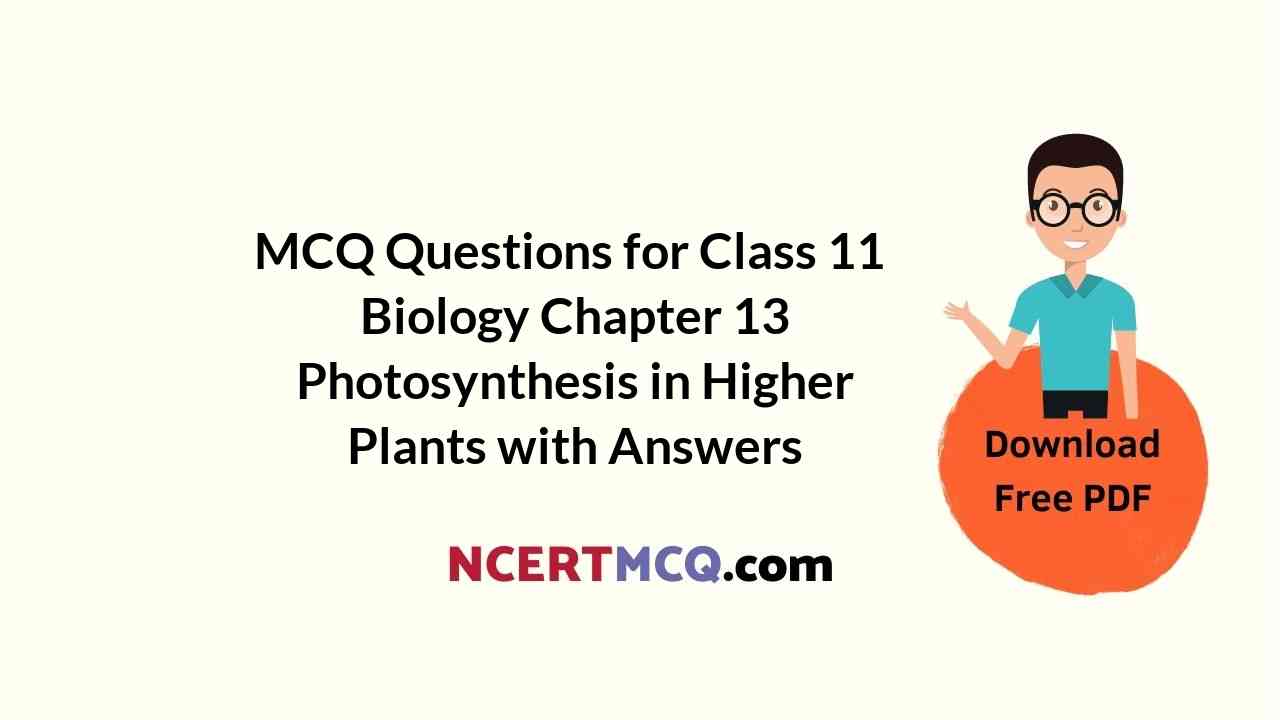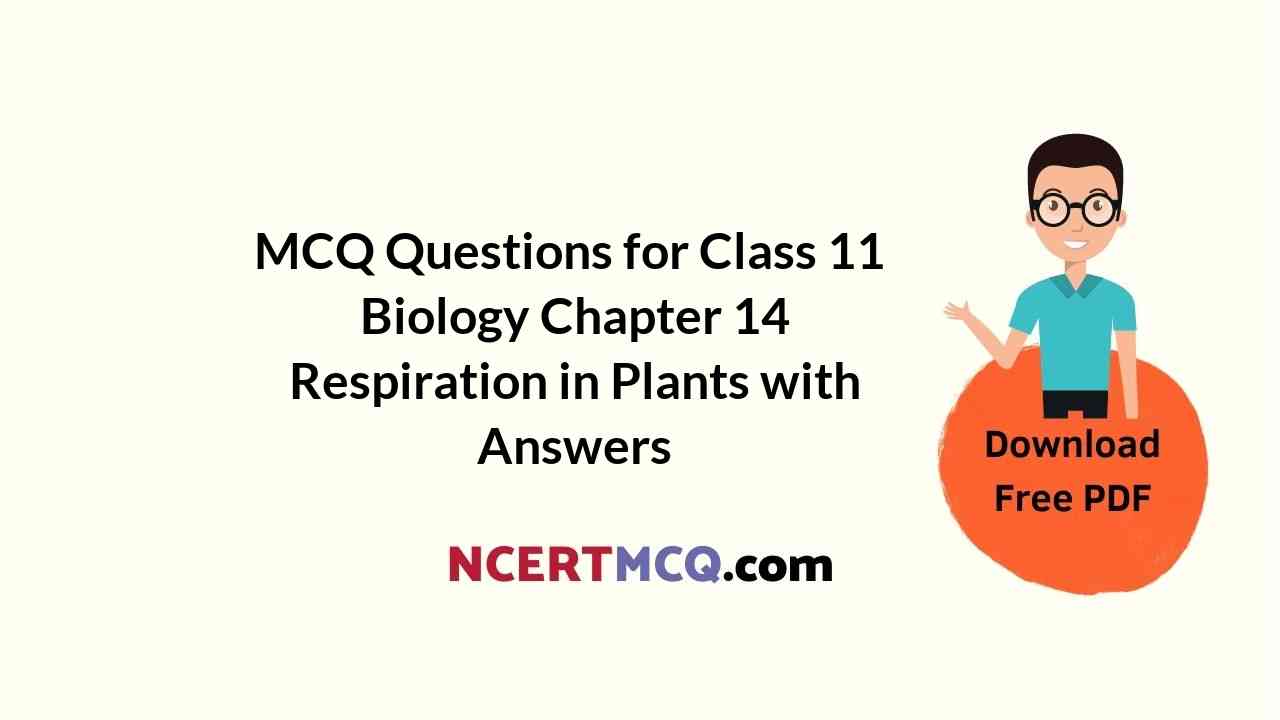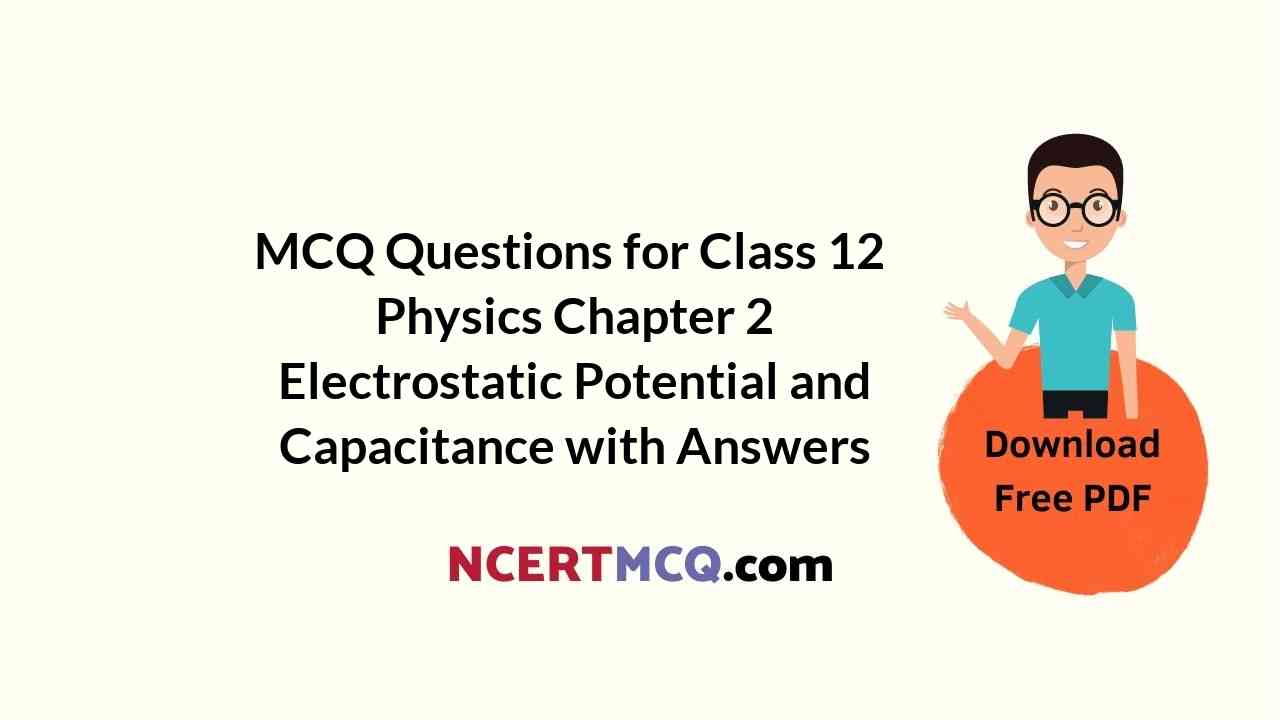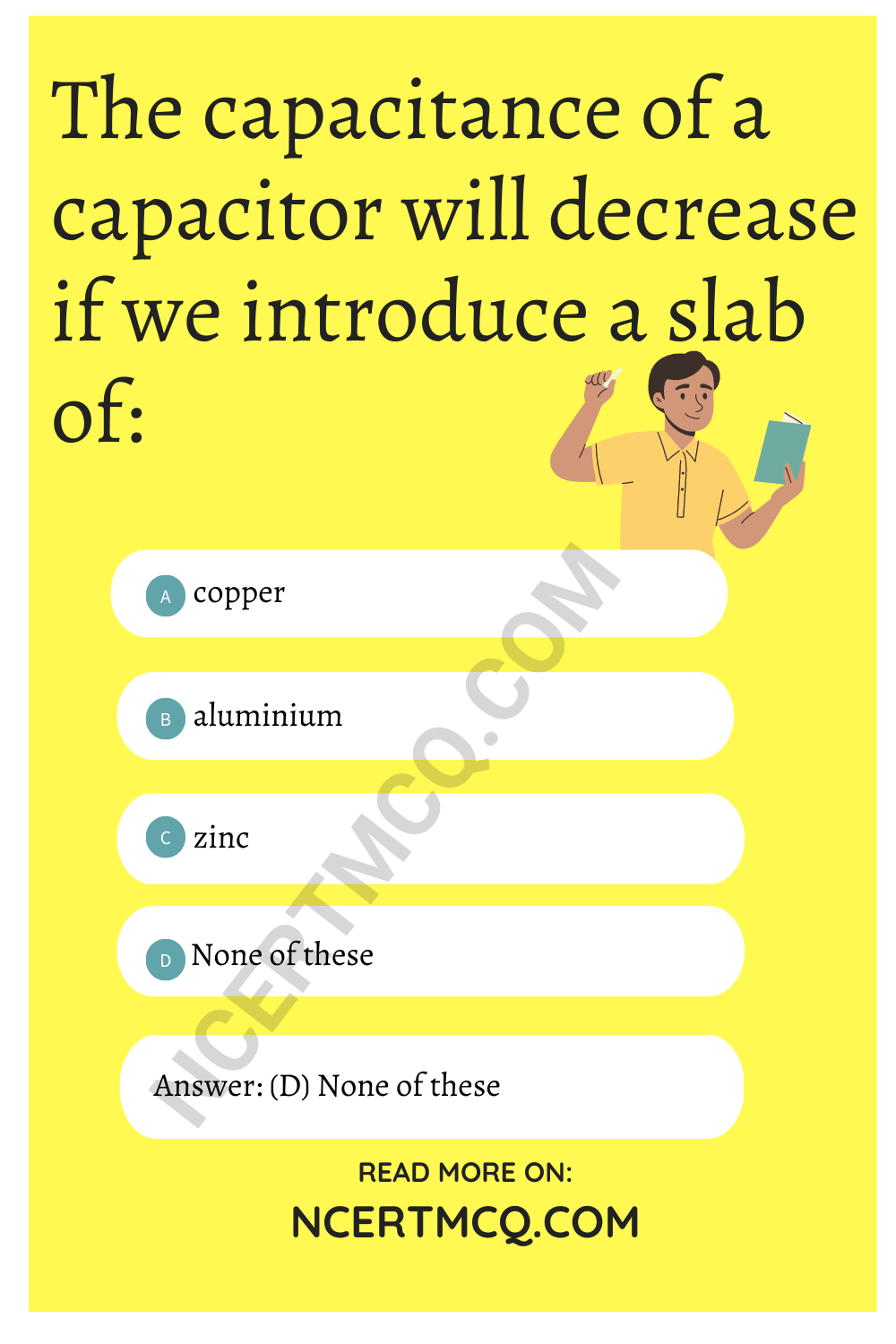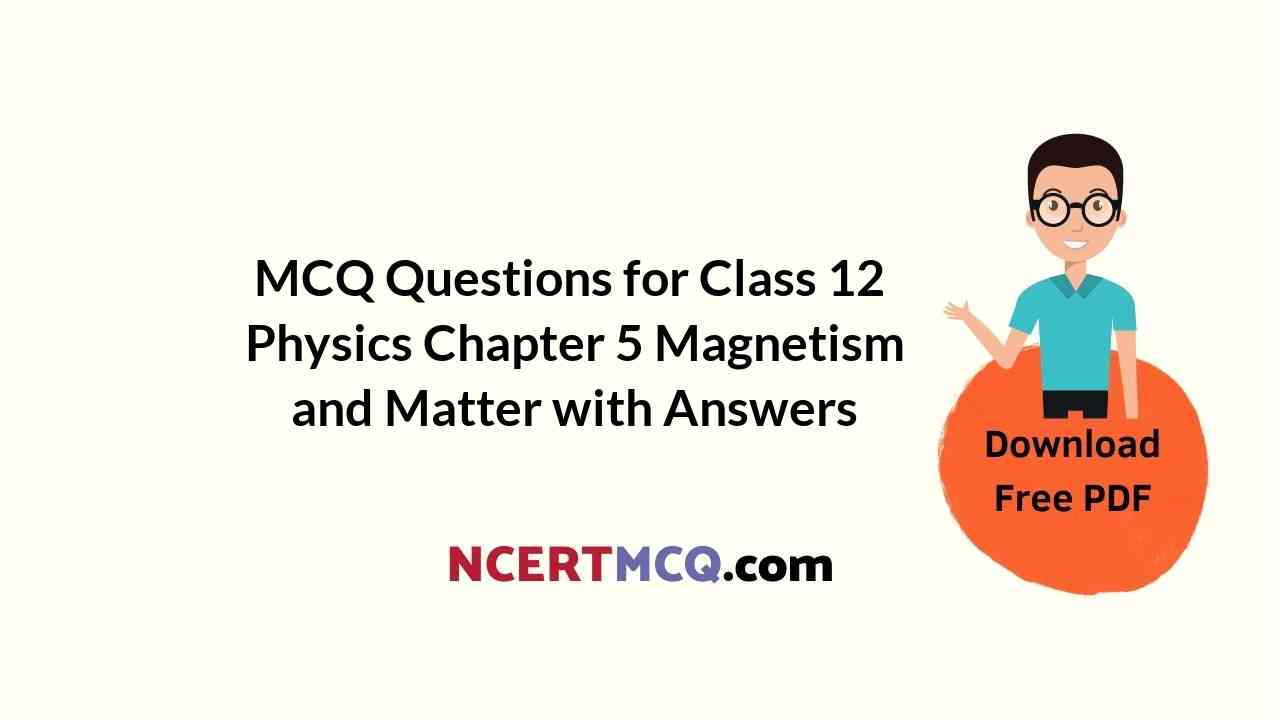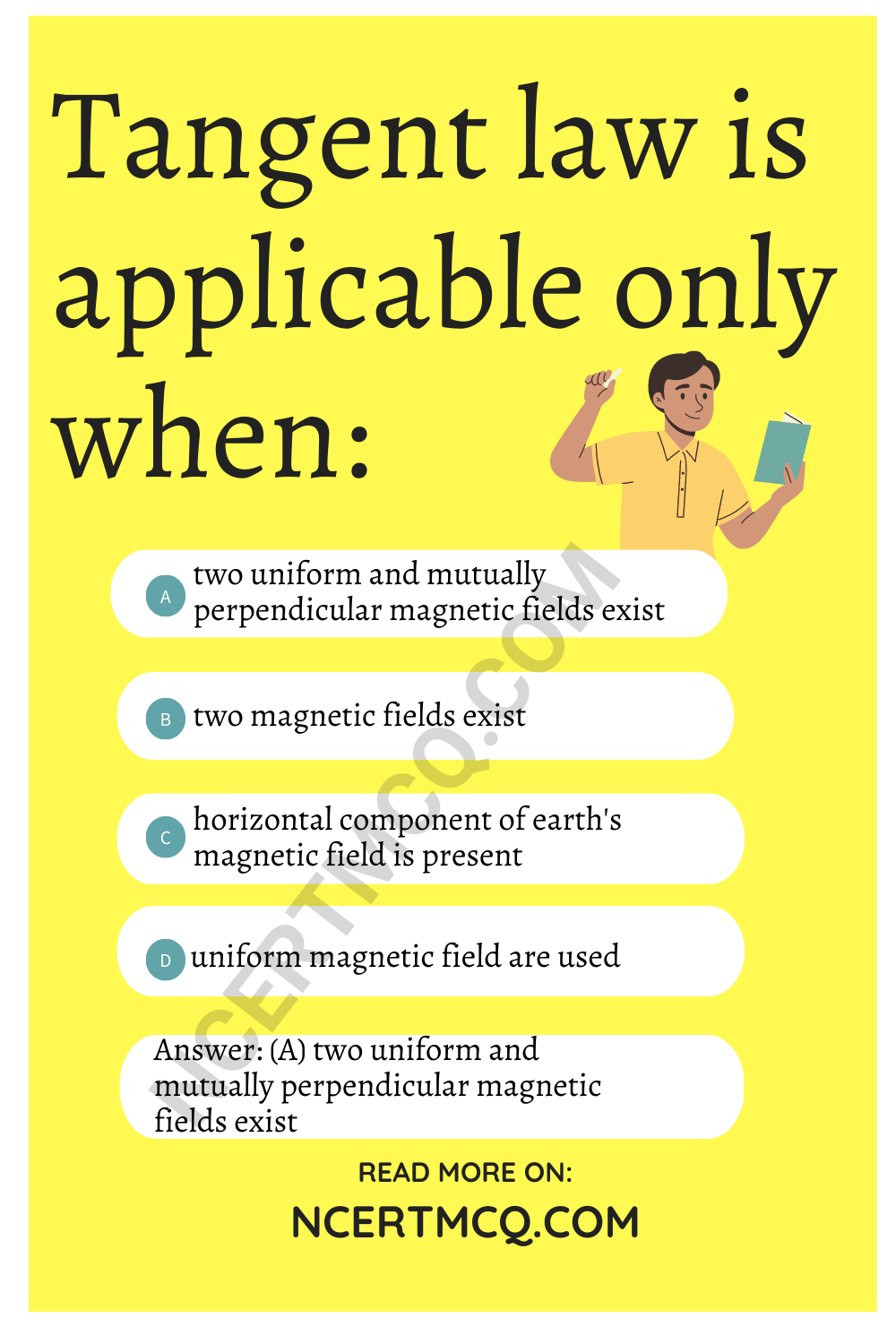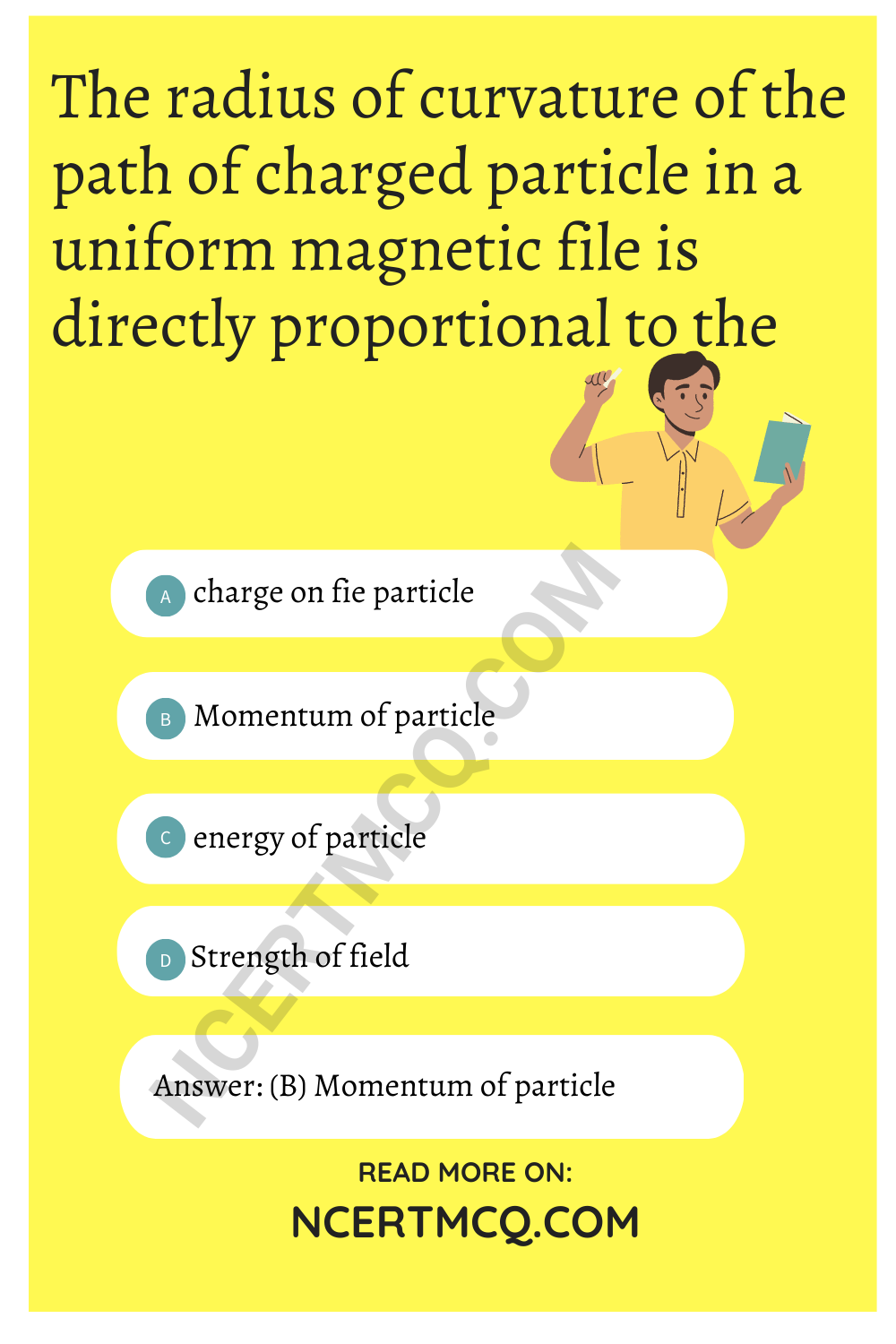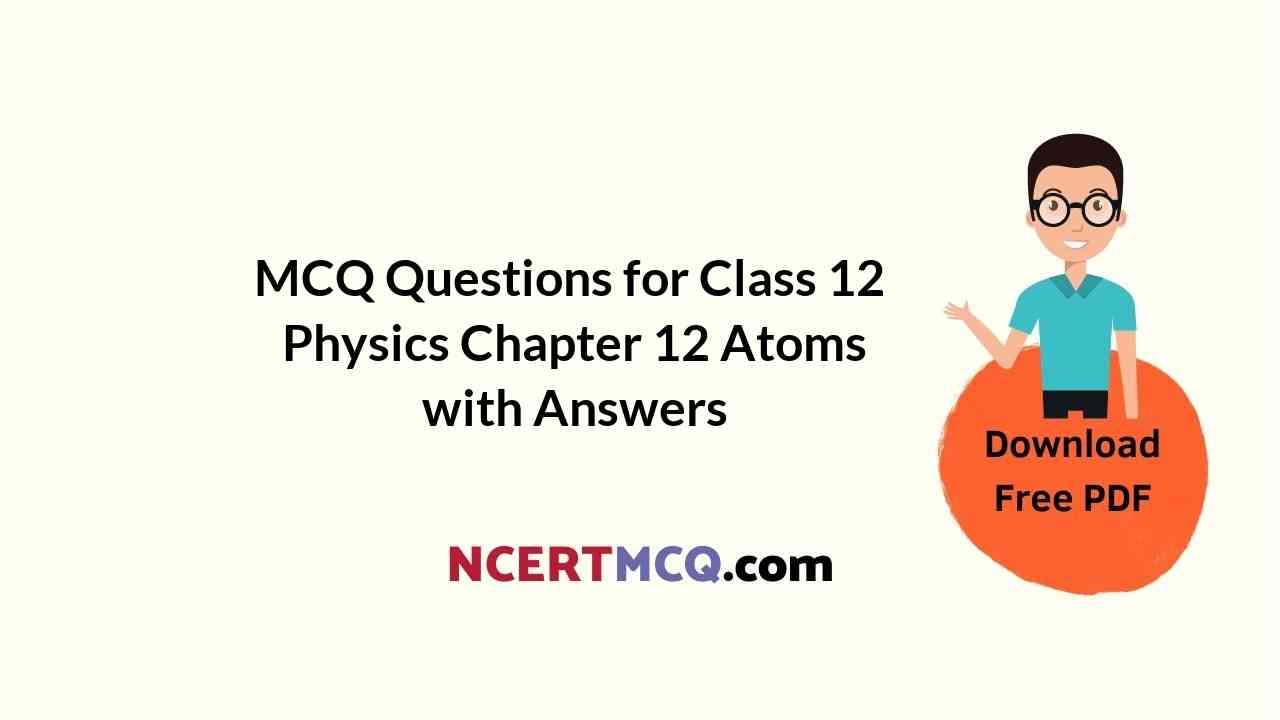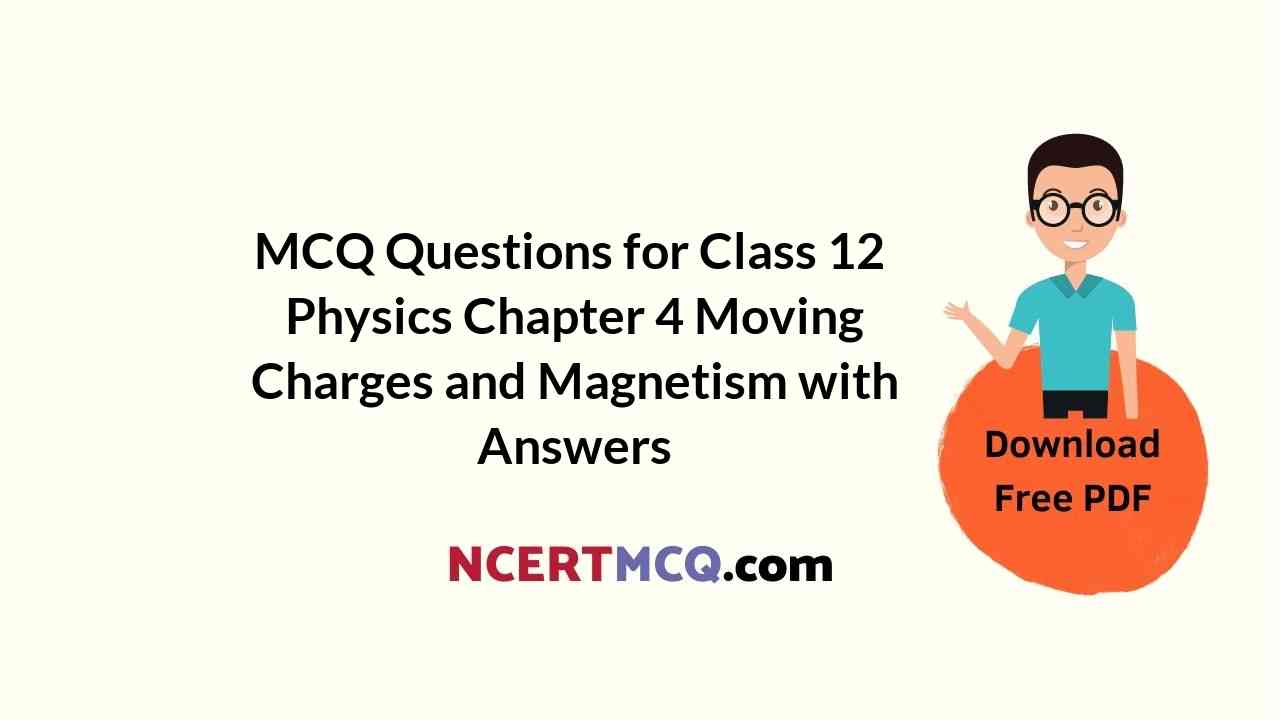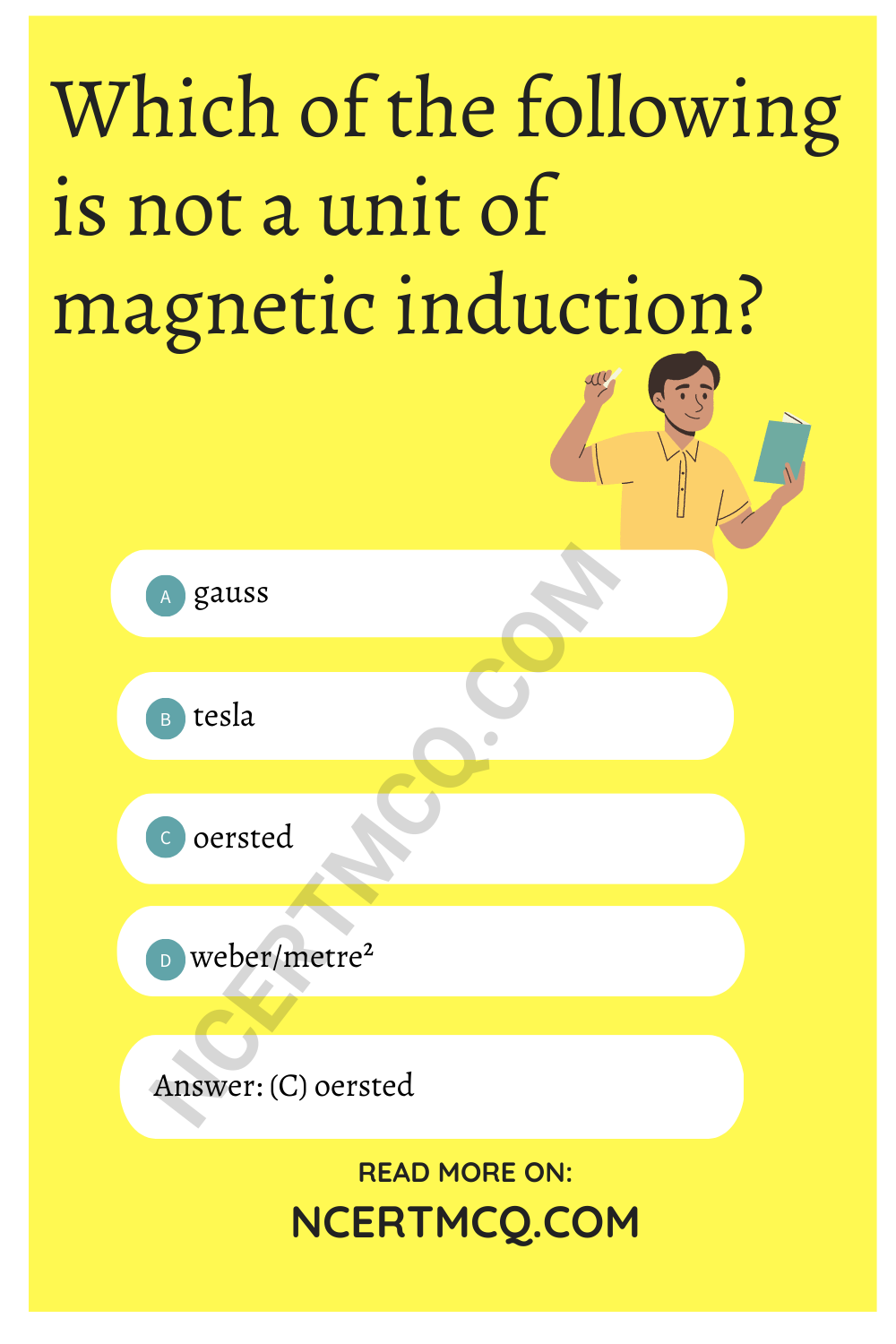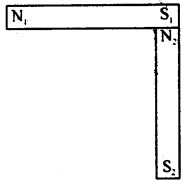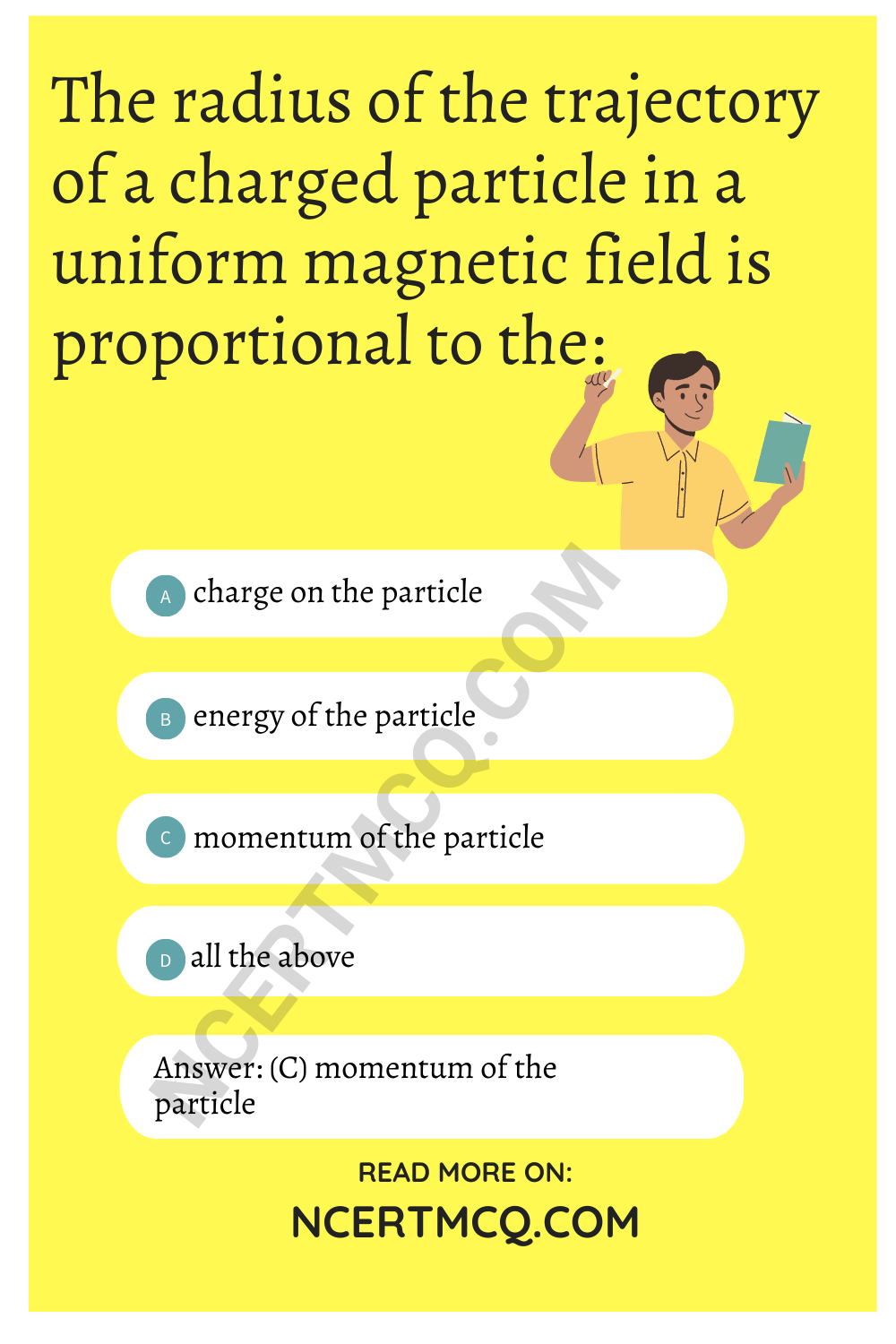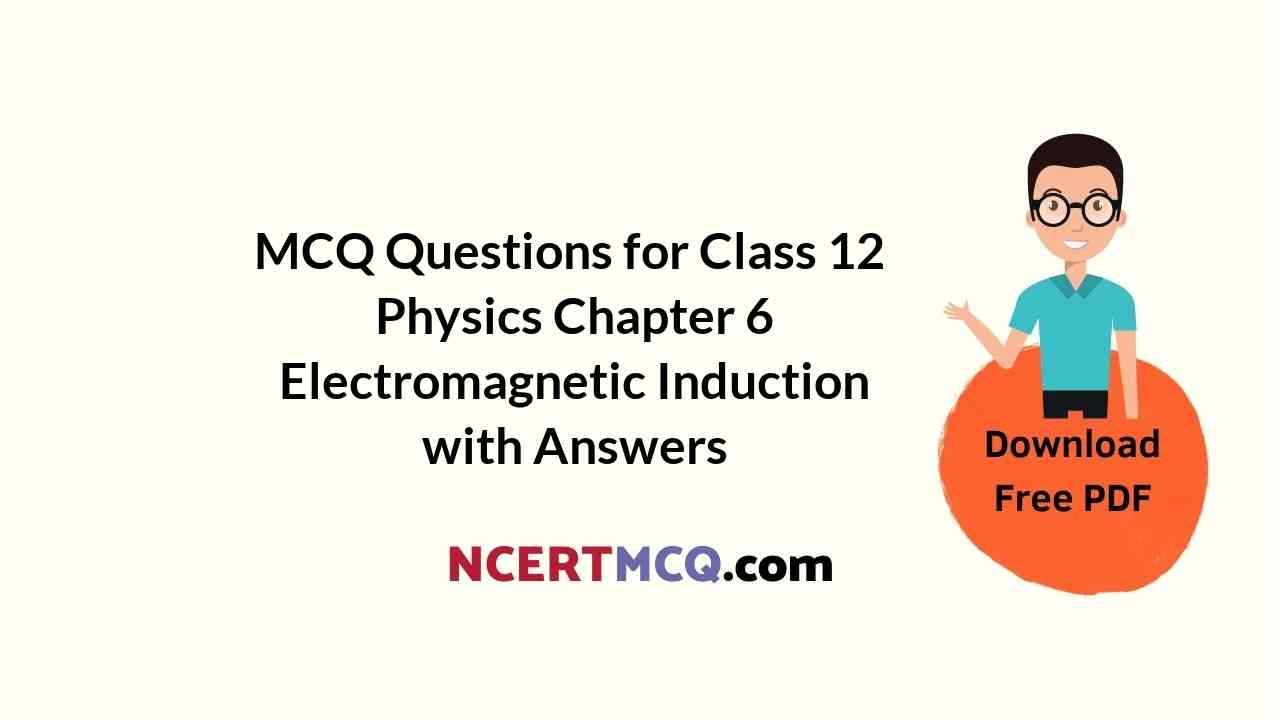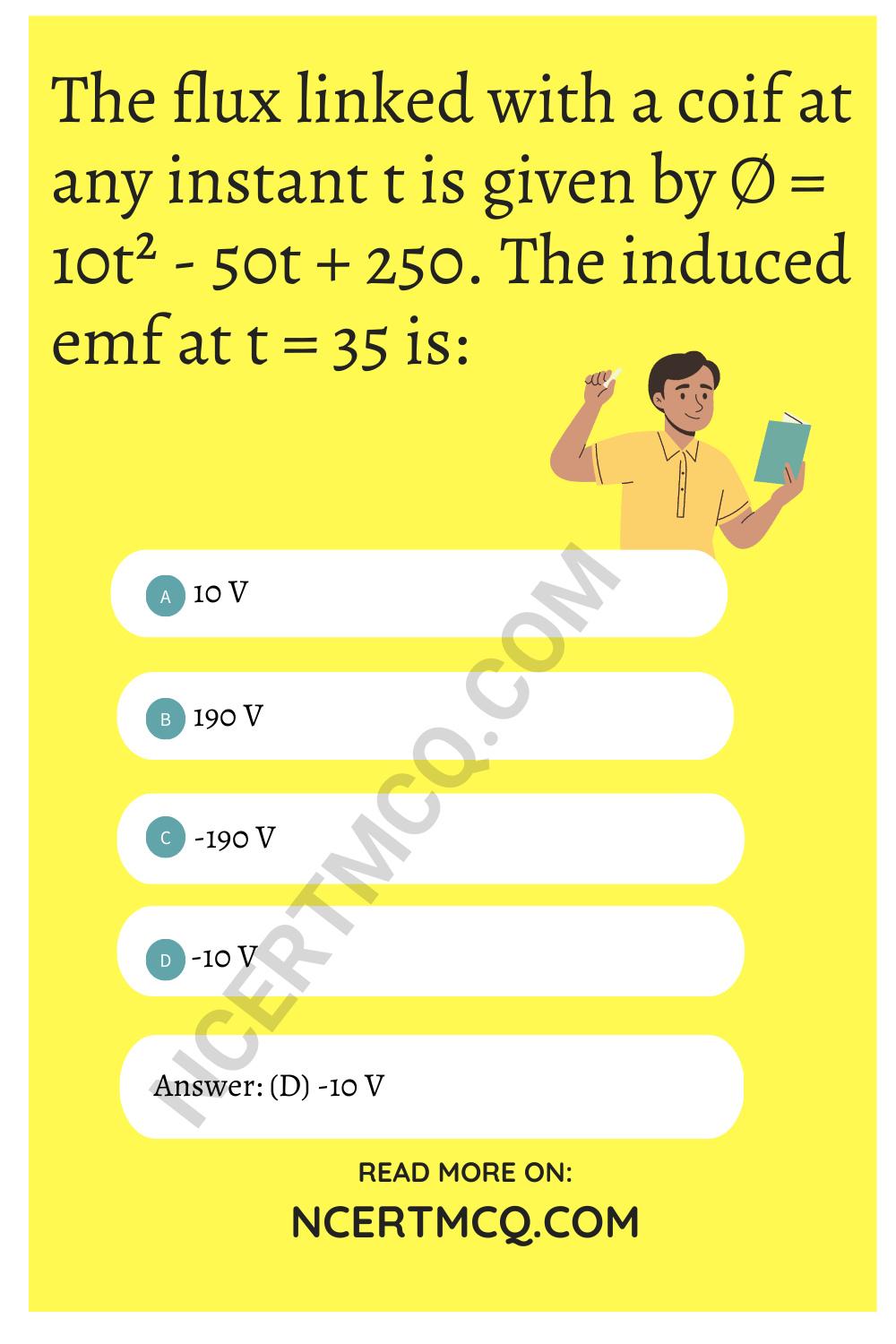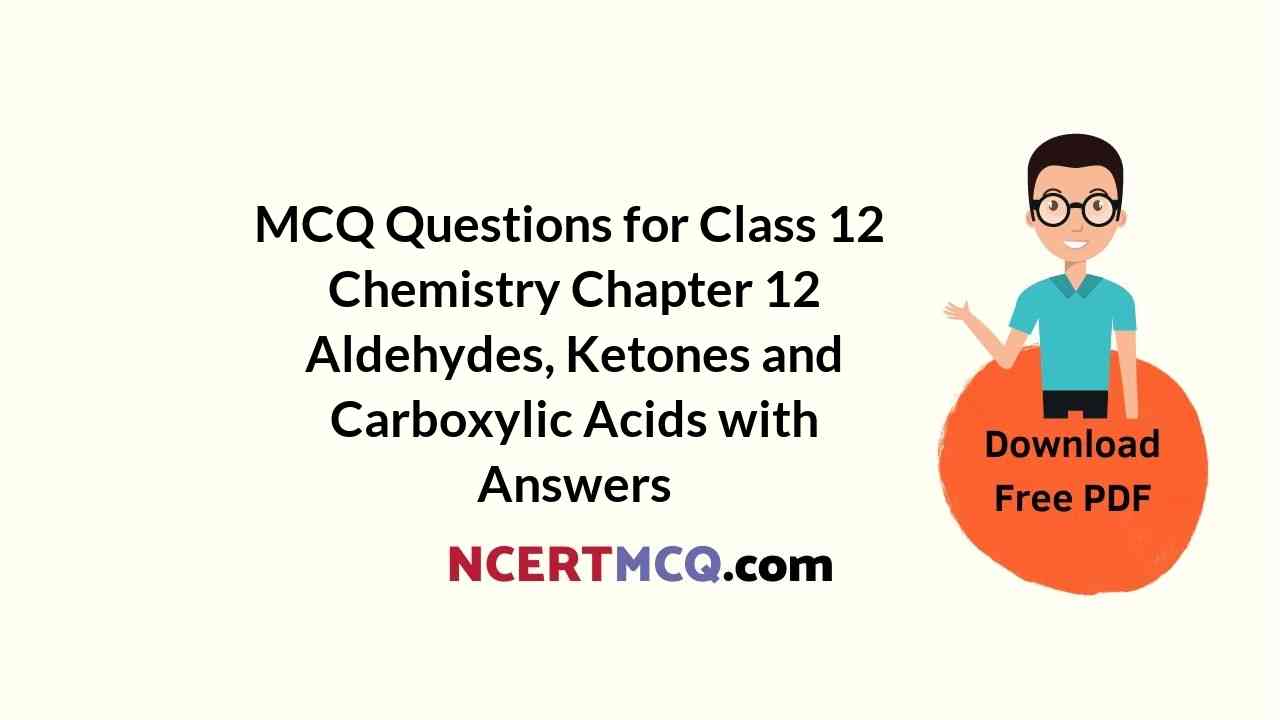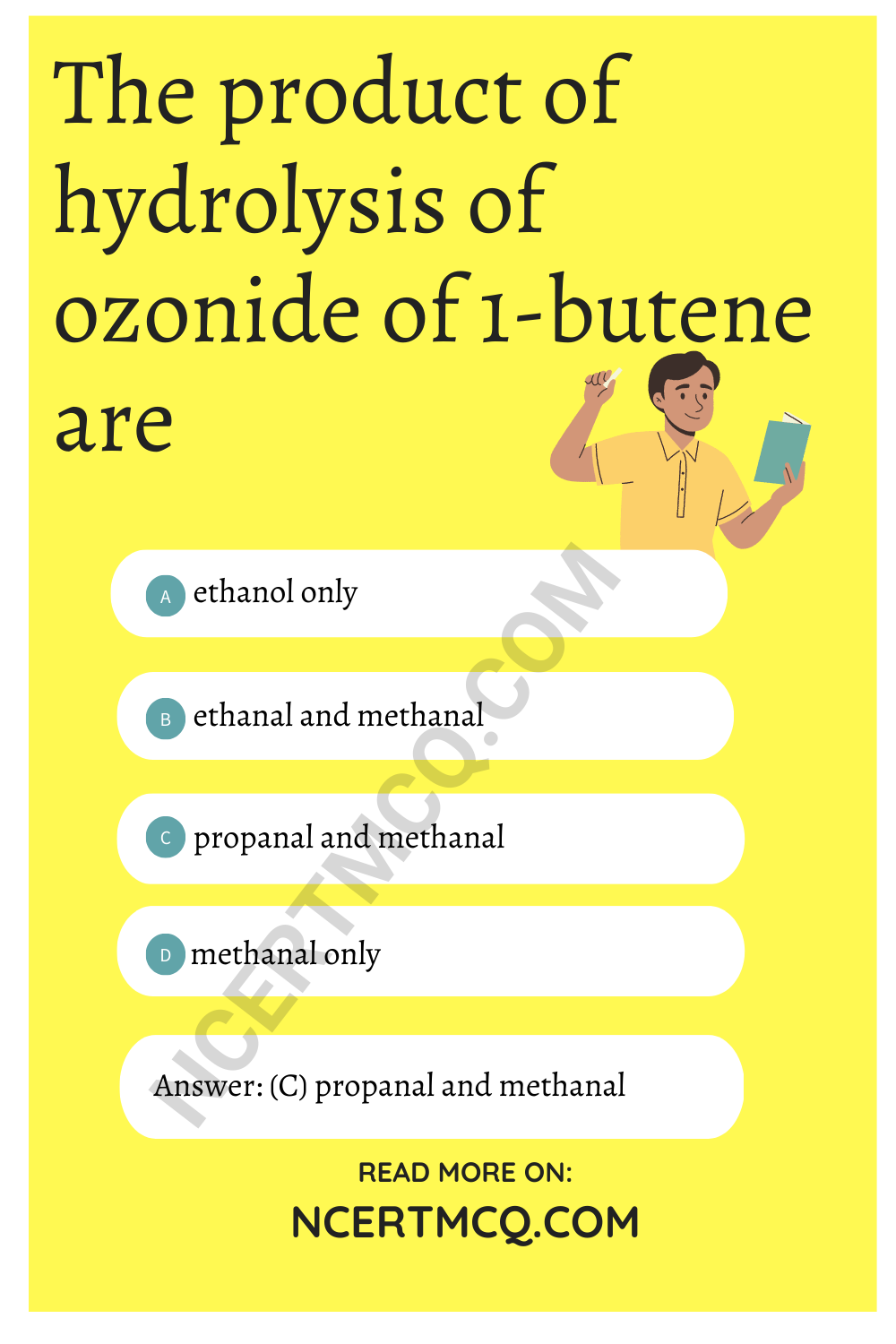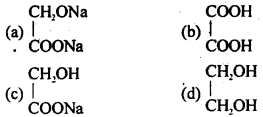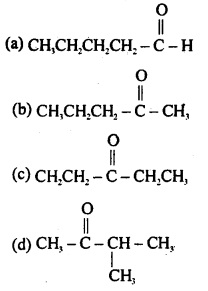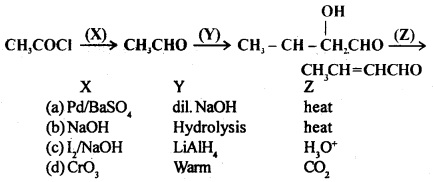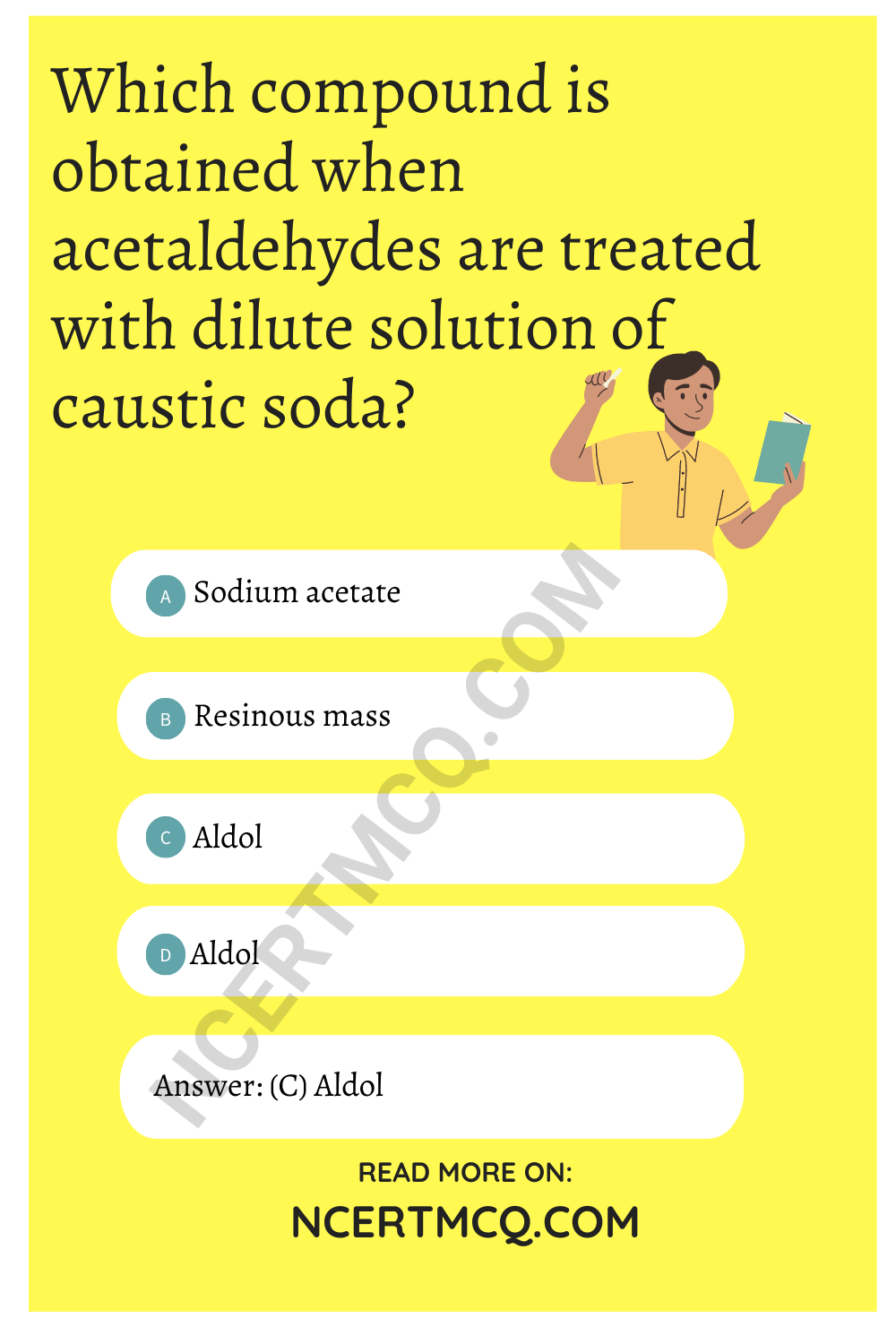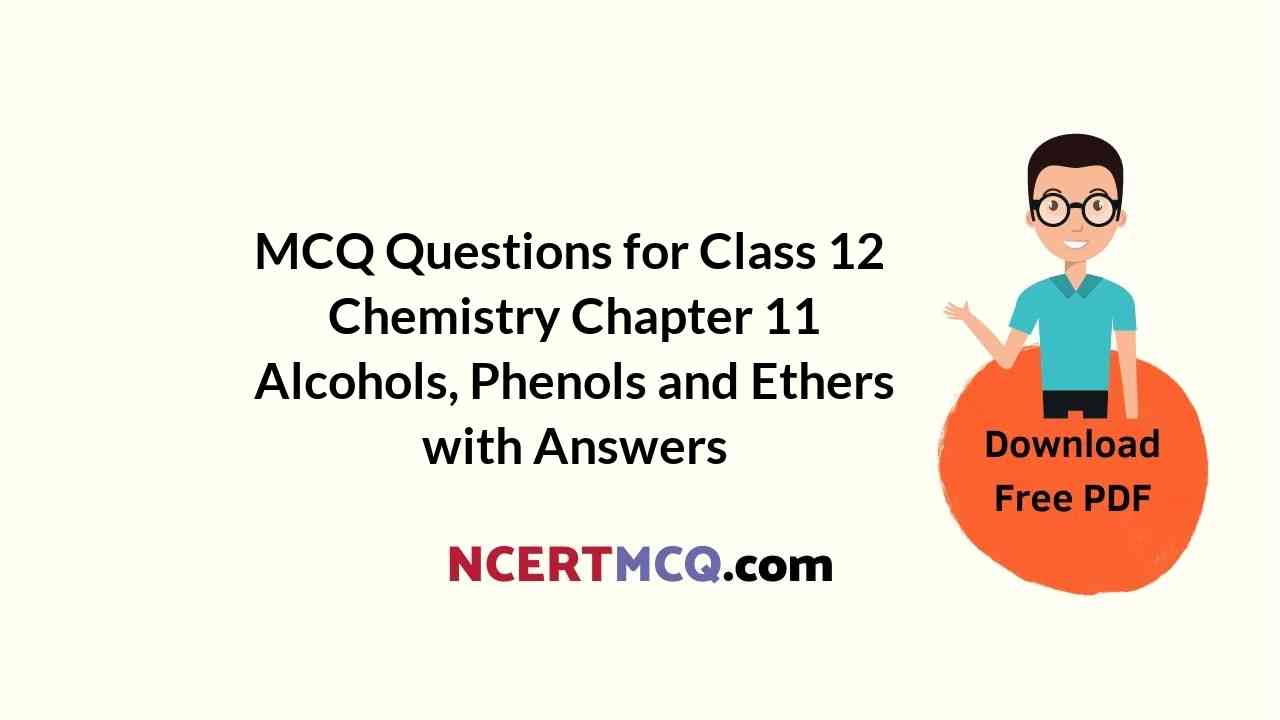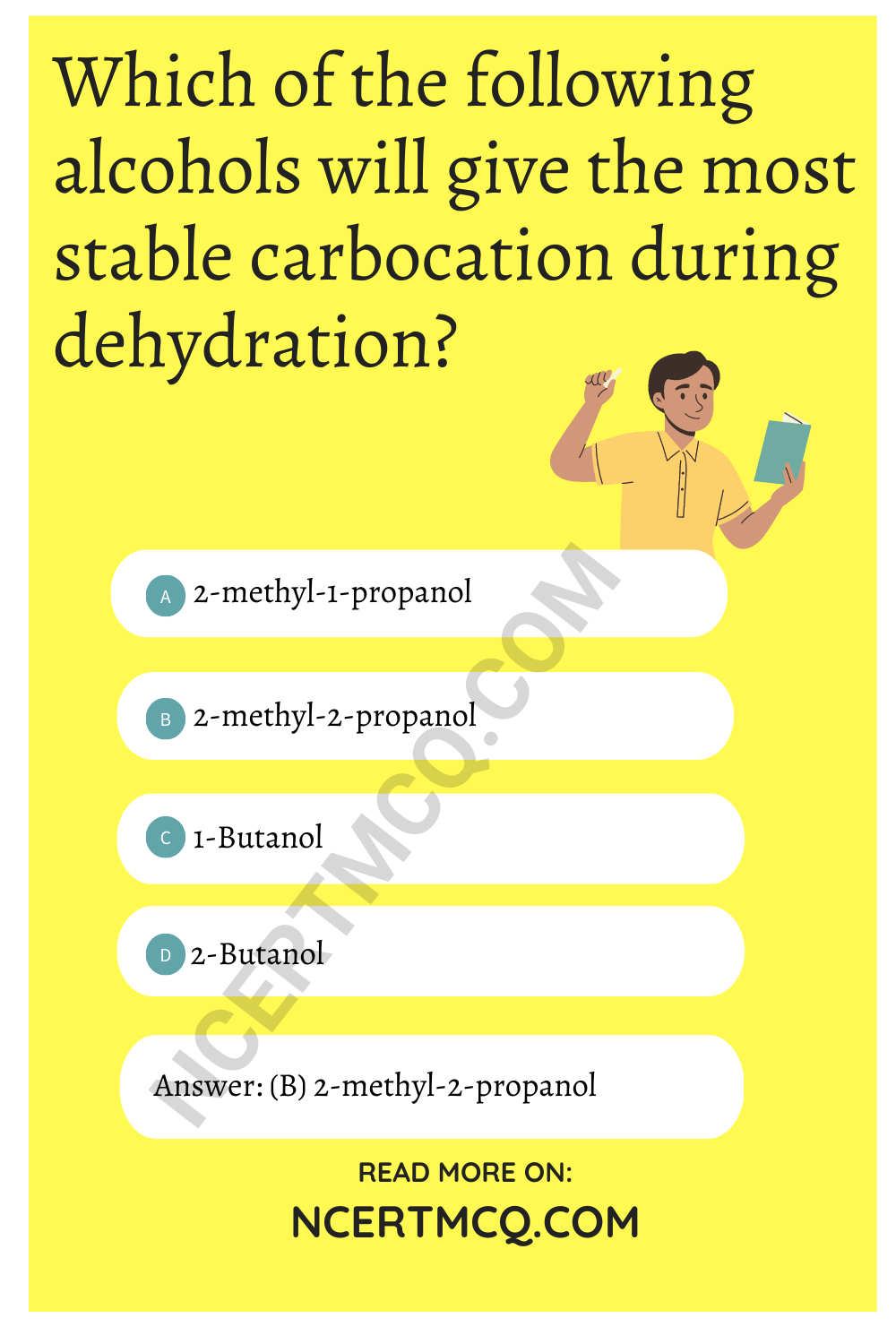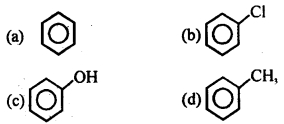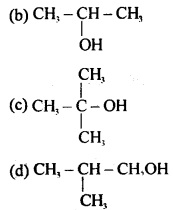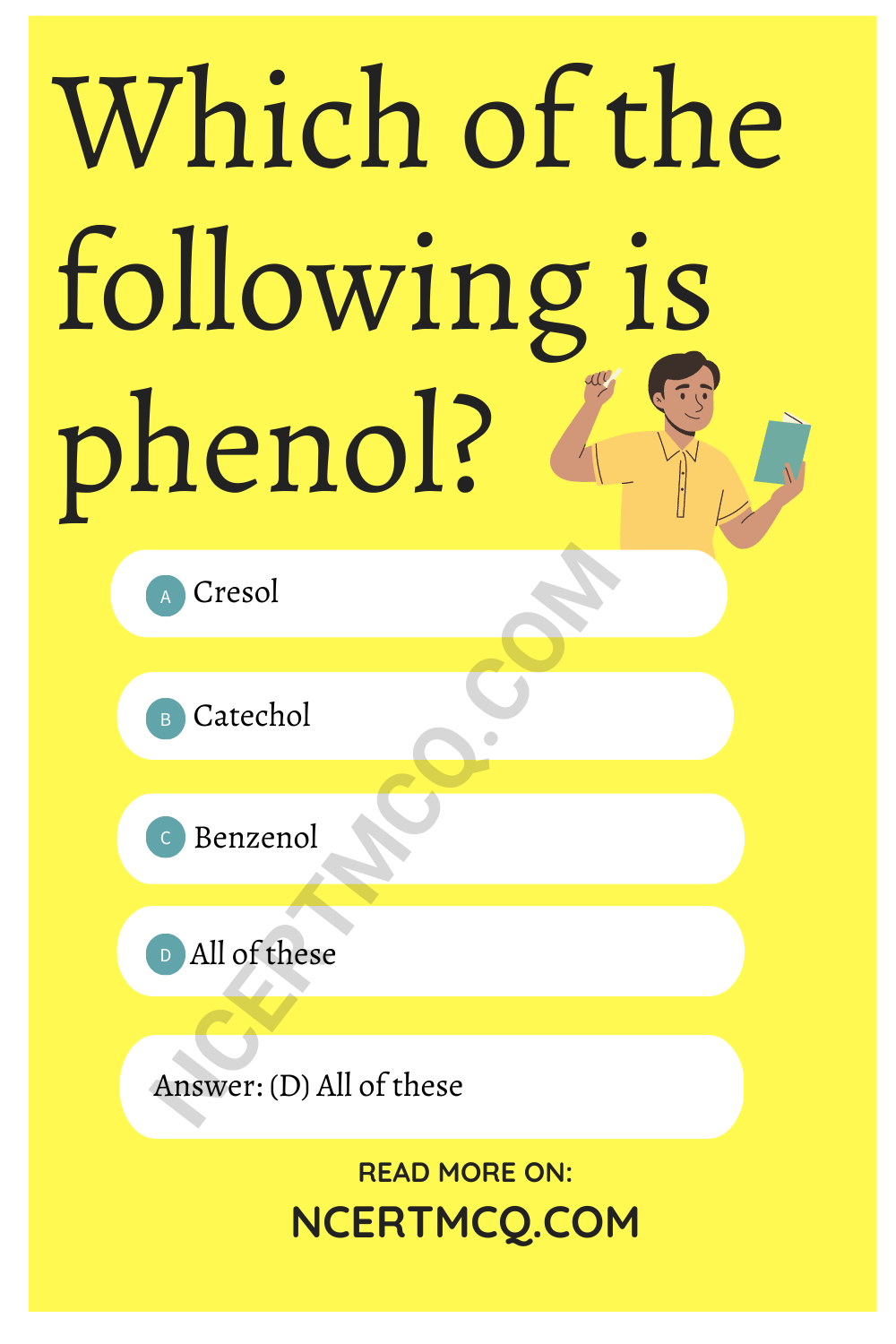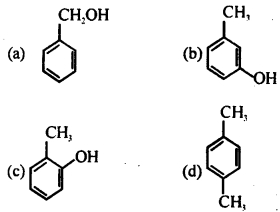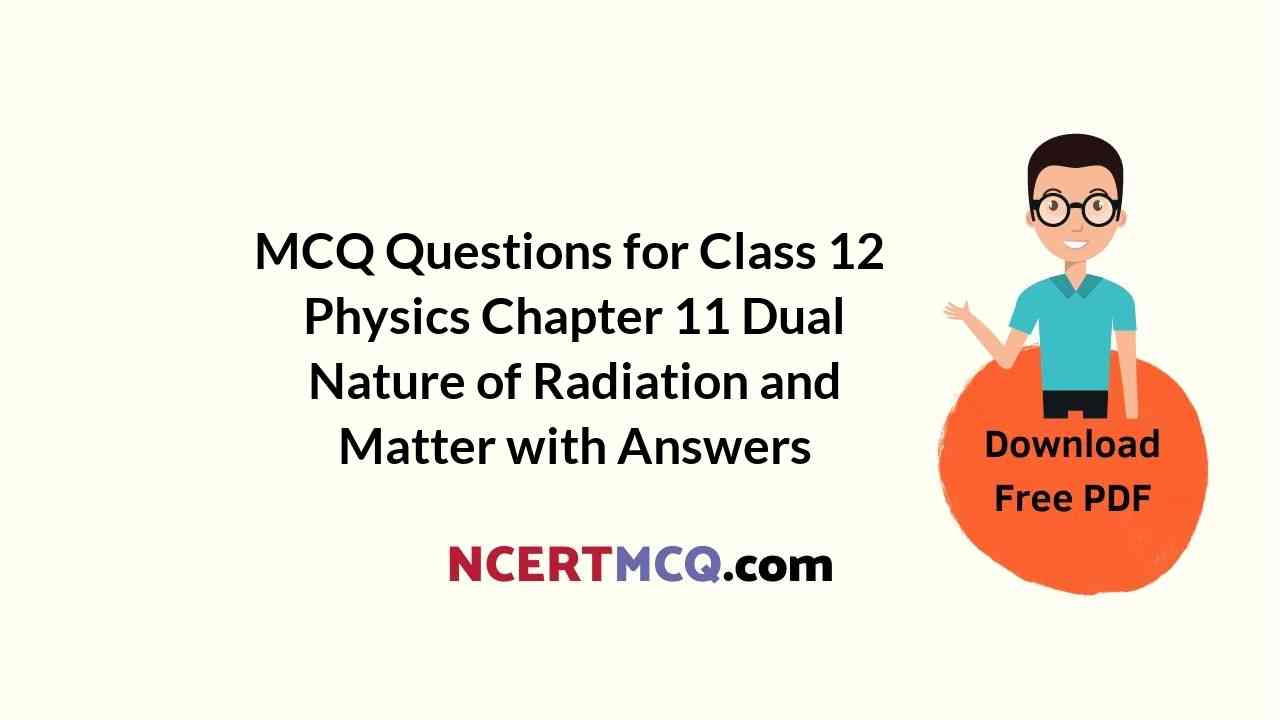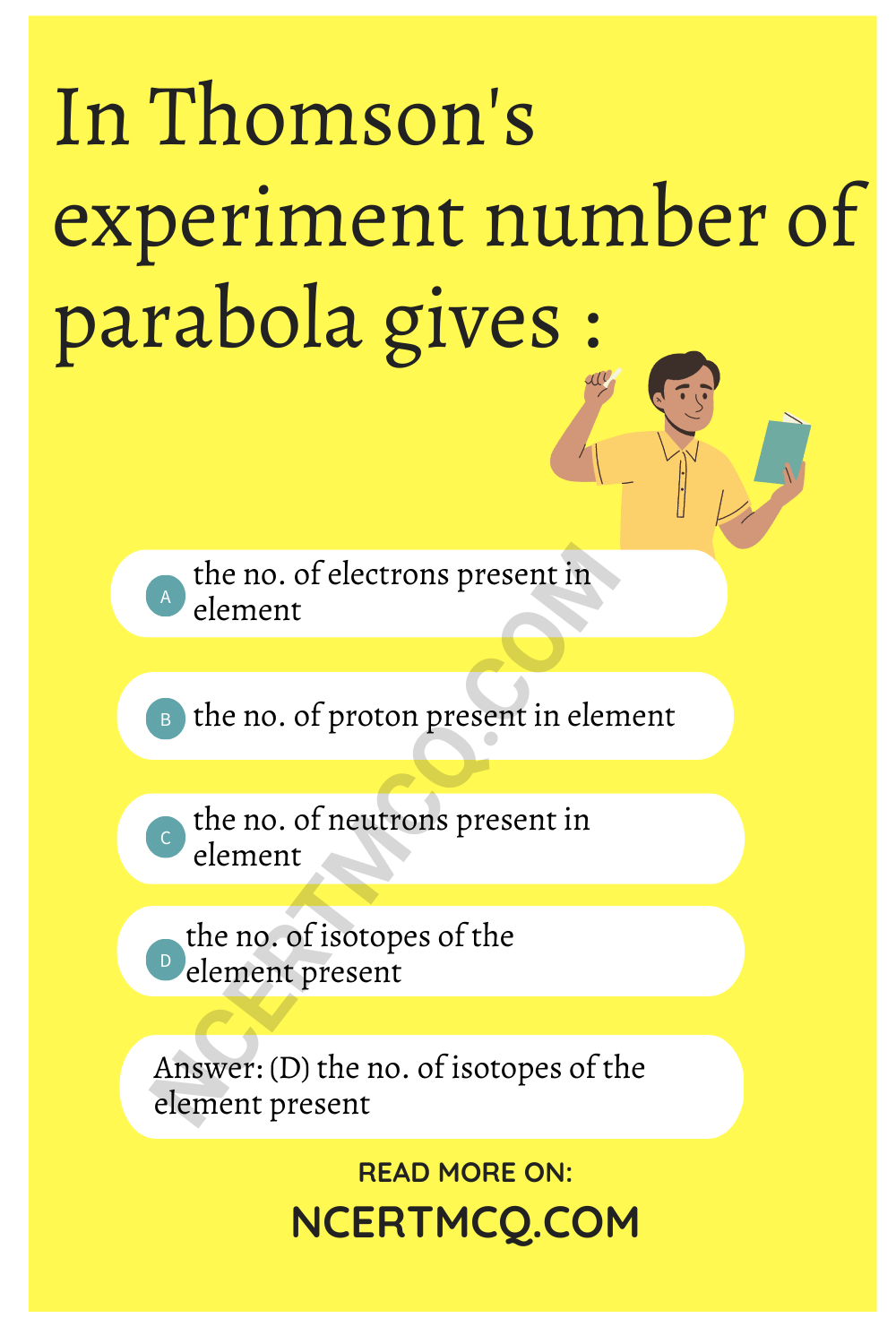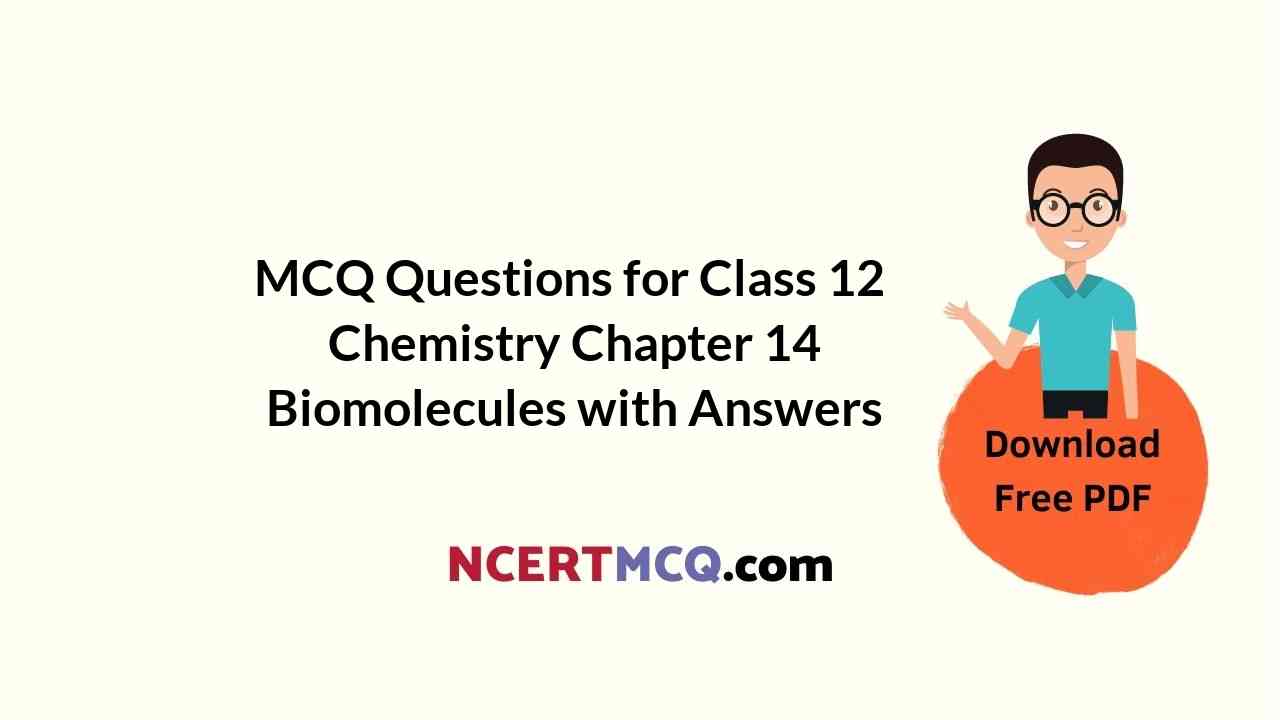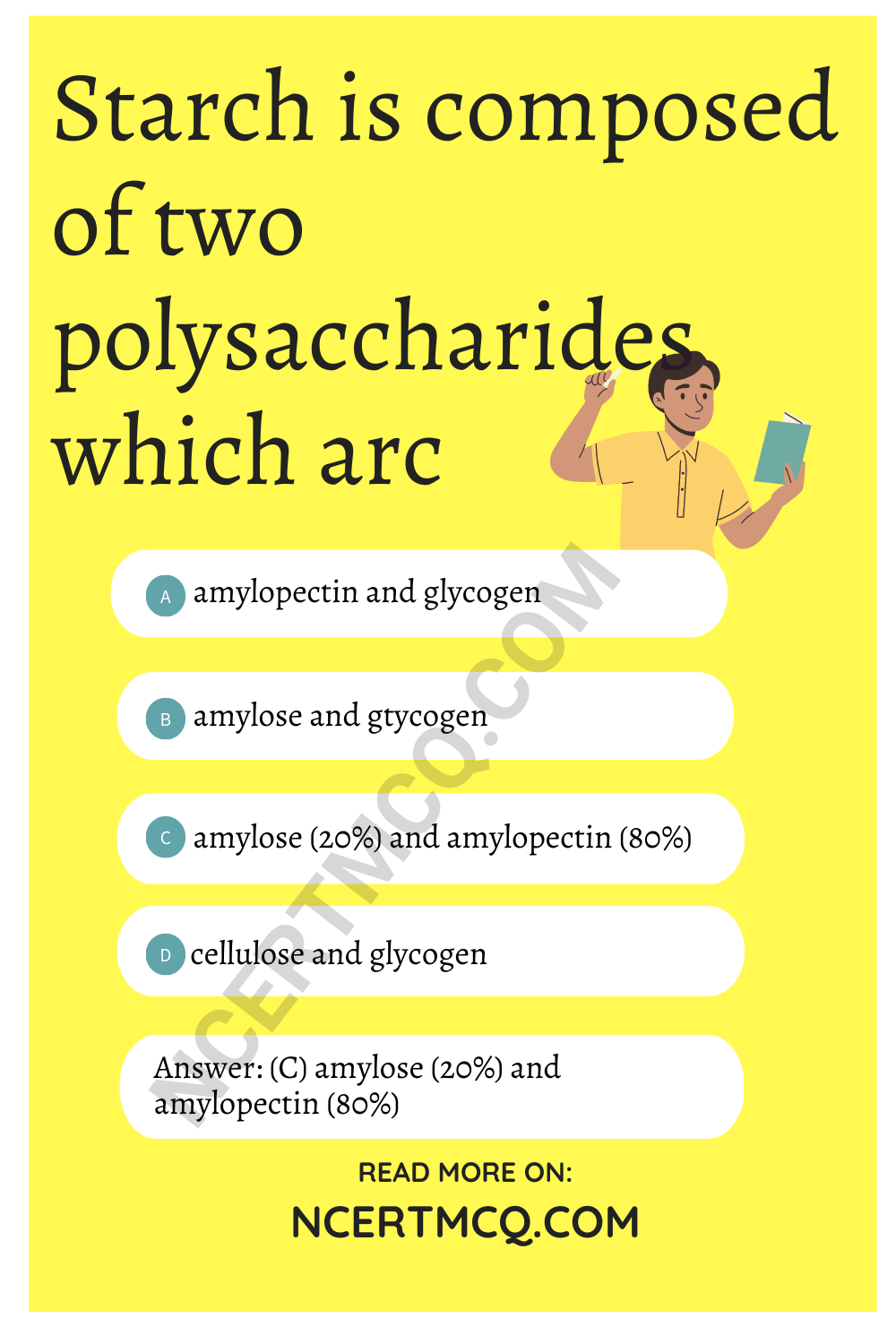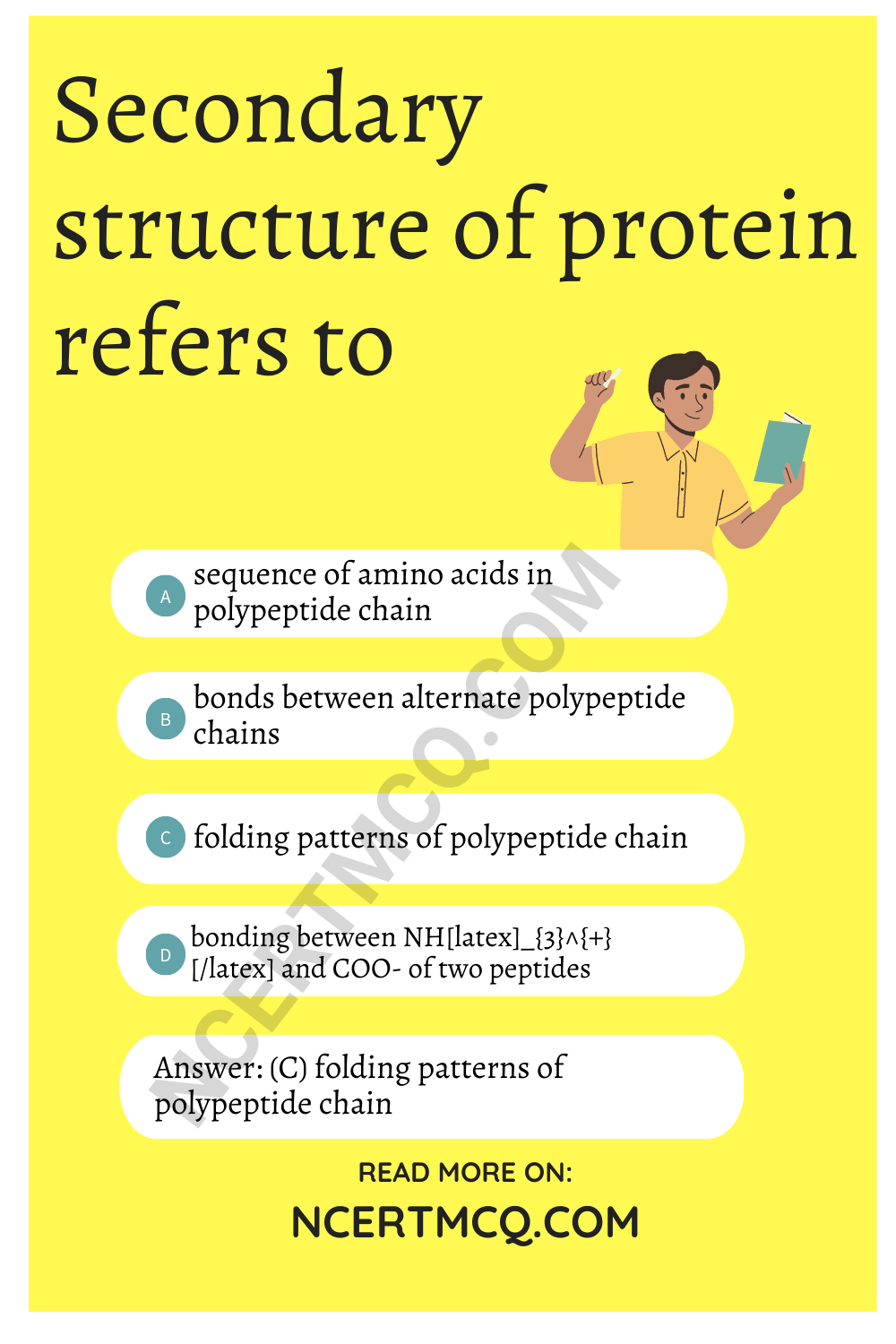Check the below Online Education NCERT MCQ Questions for Class 11 Biology Chapter 13 Photosynthesis in Higher Plants with Answers Pdf free download. MCQ Questions for Class 11 Biology with Answers were prepared based on the latest exam pattern. We have provided Photosynthesis in Higher Plants Class 11 Biology MCQs Questions with Answers to help students understand the concept very well.
Class 11 Biology Chapter 13 MCQ With Answers
Biology Class 11 Chapter 13 MCQs On Photosynthesis in Higher Plants
Photosynthesis In Higher Plants Class 11 MCQ Question 1.
The rate of photosynthesis is controlled by
(a) the rate of light reaction
(b) the rate of dark reaction
(c) the rates of both light and dark reactions
(d) none of the above
Answer
Answer: (b) the rate of dark reaction
Photosynthesis In Higher Plants MCQ Question 2.
The end product of the Calvin cycle is ______.
(a) RuBP
(b) PGAL
(c) PGA
(d) ADP + NADP
Answer
Answer: (a) RuBP
MCQ On Photosynthesis Class 11 Question 3.
The primary carbon dioxide acceptor in C4 cycle is
(a) malic acid
(b) phosphoenol pyruvate
(c) rubisco
(d) aspartic acid
Answer
Answer: (b) phosphoenol pyruvate
Solution :
The primary carbon dioxide acceptor in C4 pathway is phosphoenol pyruvate.
MCQ On Photosynthesis In Higher Plants Class 11 Question 4.
The law of limiting factor was given by
(a) Calvin
(b) Blackman
(c) Priestley
(d) None of these
Answer
Answer: (b) Blackman
Solution :
Law of limiting factor was given by Blackman in 1905.
If a chemical process is affected by more than one factor, then its rate will be detrmined by the factor which is nearest to its minimal value.
Photosynthesis Class 11 MCQ Question 5.
The metabolic pathway which produces carbohydrate is
(a) Calvin cycle
(b) Glycolysis
(c) Cyclic electron pathway
(d) Krebs cycle
Answer
Answer: (a) Calvin cycle
Class 11 Biology Chapter 13 MCQ Question 6.
Manganese is required in
(a) Chlorophyll synthesis
(b) Nucleic acid synthesis
(c) Plant cell wall formation
(d) Photolysis of water during photosynthesis
Answer
Answer: (d) Photolysis of water during photosynthesis
Chapter 13 Biology Class 11 MCQs Question 7.
Oxidative phosphorylation refers to
(a) Anaerobic production of ATP
(b) The citric acid cycle production of ATP
(c) Production of ATP by chemiosmosis
(d) Alcoholic fermentation
Answer
Answer: (c) Production of ATP by chemiosmosis
MCQs On Photosynthesis In Higher Plants Question 8.
Which of the following is not an accessory pigment?
(a) Carotene
(b) Chlorophyll a
(c) Chlorophyll b
(d) Xanthophyll
Answer
Answer: (b) Chlorophyll a
Solution :
Chlorophyll a is a primary pigment.
Class 11 Photosynthesis In Higher Plants MCQ Question 9.
Besides water and CO2, which is more essential a raw material for food formation
(a) light
(b) oxygen
(c) NAD
(d) mineral salt
Answer
Answer: (a) light
MCQ Of Photosynthesis In Higher Plants Question 10.
In actively gro – wing young plants, the best data for estimating the rate of photosynthesis would be
(a) ratio of oxygen evolved to carbon dioxide absorbed
(b) increase in fresh weight
(c) increase in dry weight
(d) increase in carbohydrate
Answer
Answer: (a) ratio of oxygen evolved to carbon dioxide absorbed
Photosynthesis In Higher Plants MCQ Pdf Question 11.
Discovery of Emerson effect has already shown the
(a) two distinct photochemical reactions
(b) light and dark reactions of photosynthesis
(c) photophosphorylation
(d) photorespiration
Answer
Answer: (a) two distinct photochemical reactions
Photosynthesis MCQs Class 11 Question 12.
Translocation of sugar in flowering plants occurs in the form of
(a) glucose
(b) sucrose
(c) starch
(d) maltose
Answer
Answer: (b) sucrose
MCQ Photosynthesis In Higher Plants Question 13.
Where are thylakoids and grana located?
(a) Lysosomes
(b) Mitochondria
(c) Chloroplasts
(d) Golgi apparatus
Answer
Answer: (c) Chloroplasts
Photosynthesis In Higher Plants MCQs Question 14.
Who enunciated the law of limiting factor for photosynthesis?
(a) Robert Emerson
(b) Ruben
(c) Blackman
(d) Calvin
Answer
Answer: (c) Blackman
MCQ Questions On Photosynthesis In Higher Plants Question 15.
Which one of the following statement is true for ATP?
(a) ATP is prosthetic part of an enzyme
(b) ATP is an enzyme
(c) ATP is organic ions of enzyme
(d) ATP is a Co-enzyme
Answer
Answer: (d) ATP is a Co-enzyme
Question 16.
Kranz anatomy is a feature of
(a) C3 plants
(b) CAM plants
(c) C4 plants
(d) All of these
Answer
Answer: (c) C4 plants
Explanation:
Kranz anatomy is a feature of C4 plants. Kranz means wreath.
It tells about the arrangement of cells.
Question 17.
Which of the following is a 4-carbon compound?
(a) Oxaloacetic acid
(b) Phosphoglyceric acid
(c) Ribulose biphosphate
(d) Phosphoenolpyruvate
Answer
Answer: (a) Oxaloacetic acid
Question 18.
Which of the following process (C4 cycle) occurs in bundle sheath cells?
(a) Regeneration
(b) Fixation
(c) Carboxylation
(d) Decarboxylation
Answer
Answer: (d) Decarboxylation
Question 19.
Light reactions of photosynthesis occurs in
(a) stroma
(b) thylakoid
(c) grana
(d) cytoplasm of cell
Answer
Answer: (c) grana
Explanation:
Light reactions of photosynthesis occurs in grana.
Question 20.
Water stress causes
(a) opening of stomata
(b) increase in metabolic rate
(c) wilting of leaves
(d) lesser availability of carbon dioxide
Answer
Answer: (c) wilting of leaves
Explanation:
Water stress causes closure of stomata. Since stomata is closed carbon dioxide available to plants is less.
Metabolic rate decreases which causes wilting of leaves.
We hope the given NCERT MCQ Questions for Class 11 Biology Chapter 13 Photosynthesis in Higher Plants with Answers Pdf free download will help you. If you have any queries regarding CBSE Class 11 Biology Photosynthesis in Higher Plants MCQs Multiple Choice Questions with Answers, drop a comment below and we will get back to you soon.
Class 11 Biology MCQ:
- The Living World Class 11 MCQ
- Biological Classification Class 11 MCQ
- Plant Kingdom Class 11 MCQ
- Animal Kingdom Class 11 MCQ
- Morphology of Flowering Plants Class 11 MCQ
- Anatomy of Flowering Plants Class 11 MCQ
- Structural Organisation in Animals Class 11 MCQ
- Cell: The Unit of Life Class 11 MCQ
- Biomolecules Class 11 MCQ
- Cell Cycle and Cell Division Class 11 MCQ
- Transport in Plants Class 11 MCQ
- Mineral Nutrition Class 11 MCQ
- Photosynthesis in Higher Plants Class 11 MCQ
- Respiration in Plants Class 11 MCQ
- Plant Growth and Development Class 11 MCQ
- Digestion and Absorption Class 11 MCQ
- Breathing and Exchange of Gases Class 11 MCQ
- Body Fluids and Circulation Class 11 MCQ
- Excretory Products and their Elimination Class 11 MCQ
- Locomotion and Movement Class 11 MCQ
- Neural Control and Coordination Class 11 MCQ
- Chemical Coordination and Integration Class 11 MCQ
